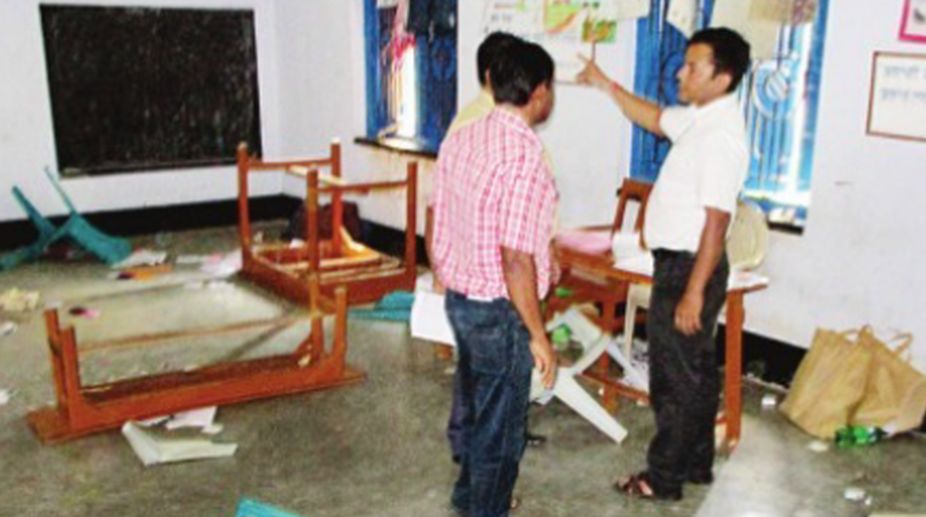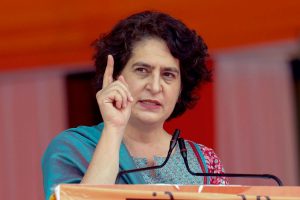The anticipated ha-ha on Thursday over the panchayat election results shall not dim the awesome reality ~ the dance of democracy in rural Bengal assumed macabre dimensions on Monday.
No fewer than 19 people were said to have perished as a vast swathe of the state went to the polls to elect the quangos. This is not to forget the mayhem and murders since March that showcase the bloody prologue to the “swelling act” of the supposedly democratic theme.
Advertisement
However, one must give it to the state government’s political masters that there has been no dumbing down of the casualties on its part, though the DGP appears to have gone off at a tangent by fixing the toll at six. Mr Surajit Kar Purakayastha’s compulsion is pretty obvious.
If he has been economical with the truth, as generally believed, it is primarily in the context of Calcutta High Court’s order that was explicit on the point that the toll must not exceed the figure of the last rural polls in 2013.
The DGP’s diagnosis of the killings as the outcome of what he called “stray incidents” is a feeble defence of an ugly truth, as contrived as his emphasis that this time the elections were more peaceful than five years ago.
Panchayat Election 2018 has been quite the most murderous that West Bengal has witnessed ever since the Naxalites were determined to torpedo the elections in the early 1970s.
Nineteen election-related deaths on a single day is the highest in recent memory. This precisely is the grim parable to be drawn from the exercise to sustain democracy and rural governance at the grassroots level.
The other lesson to be derived is whether the state has the wherewithal to conduct so vast an exercise on a single day in the rural areas, fundamentally volatile.
The pre-poll violence at Bhangar in South 24-Parganas and the arrest of a prominent Trinamul activist ~ on the Chief Minister’s orders ~ appear to have ignited the spark that spread almost throughout South Bengal on election day.
In point of fact, the “single-phase” elections have been conducted with disastrous effect. The state election machinery has been found wanting in terms of administrative measures. Chiefly, the administration failed to carry out preventive arrests or conduct “vulnerability mapping” ~ essential prerequisites before any election.
On polling day, Bengal exemplified Bhangar on a macro scale. At the end of the day, the question will survive as to whether it would have been prudent to requisition Central forces on polling day. Altogether, parties and politics in the panchayat court are seething.
Under CPI-M rule, the benefits of the panchayat system were frittered away. A bitter irony when one reflects that the party had revived the system during its initial years in power.
Its foundation has now been rendered almost irreparably brittle under the Trinamul Congress dispensation. Nearly four decades after its revival, Panchayati Raj calls for a ventilator.











